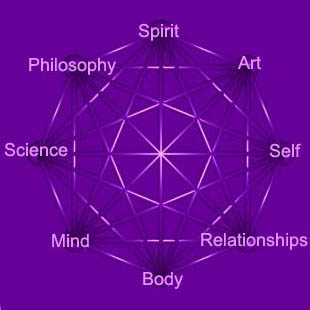
Constructivism & Higher Order Learning in The Digital Era
We live in an age where pre-schoolers use computers in their daily curriculum, the majority of Indonesian students wear glasses due to extensive computer use and teenagers spend hours locked away in their bedrooms "hanging out" in MySpace.
The digital era can be a perplexing and even frightening experience for parents and teachers alike, but what is the experience of the youth of today, the “digital natives” the “Gen Y”? Children today demand much more of their education then the sit and listen or “chalk n talk” generation of yesteryear. Gen Y expects their school, life, culture, teacher connections, and curriculum to be meaningful and give outcomes that are relational, responsive, relevant and real.
With the ease of access to a global network of information and resources, schools struggle to stay relevant to students as they undertake their own self directed intentional learning experiences through communities of learners and practitioners. This “Distributed Learning Environment” is augmented by the use of a vast array of cognitive tools, such as Inspiration, a graphic organising tool that visually represent students’ knowledge construction processes. These cognitive processes, distributed across a partnered learning environment, potentially enhance the collaborative thinking process giving birth to a new era of higher order thinking and learning.
This “constructivist” approach to learning is now at the forefront of educational circles, but its roots stem as far back as Piaget’s early studies of epistemology and other like minded thinkers such as Vygotsky, Bruner and Gardner.

0 Comments:
Post a Comment
<< Home